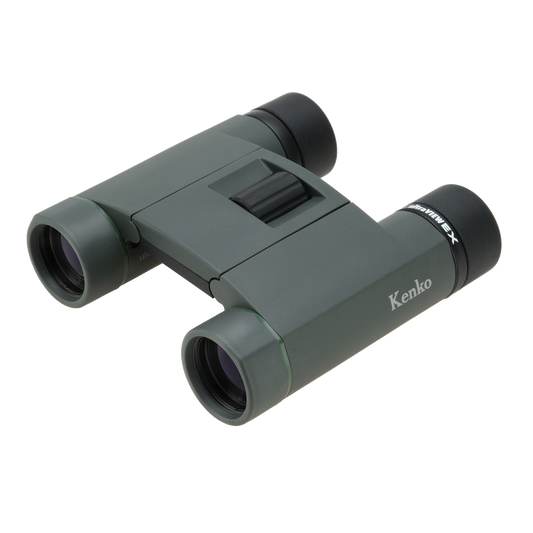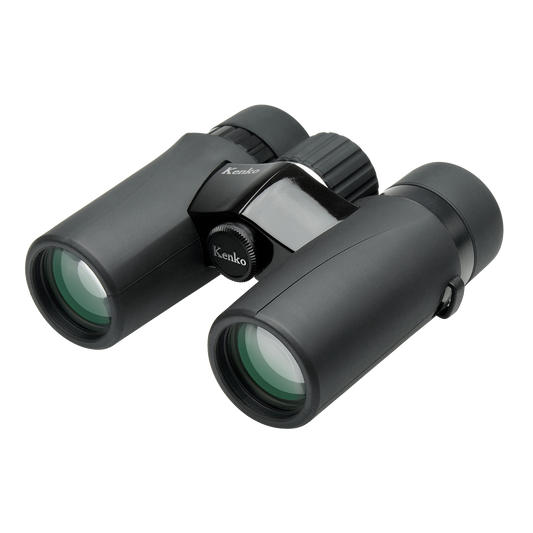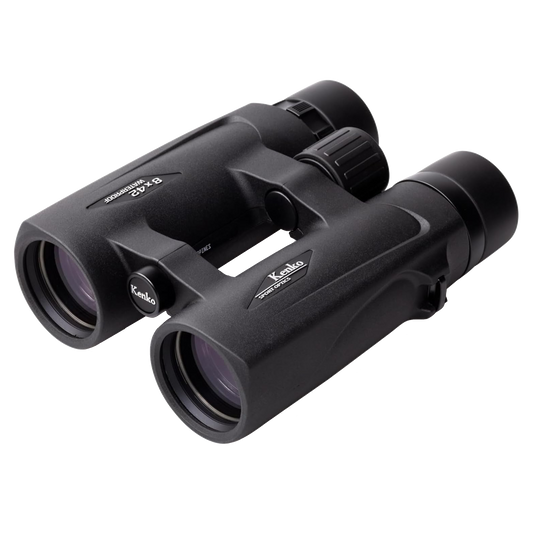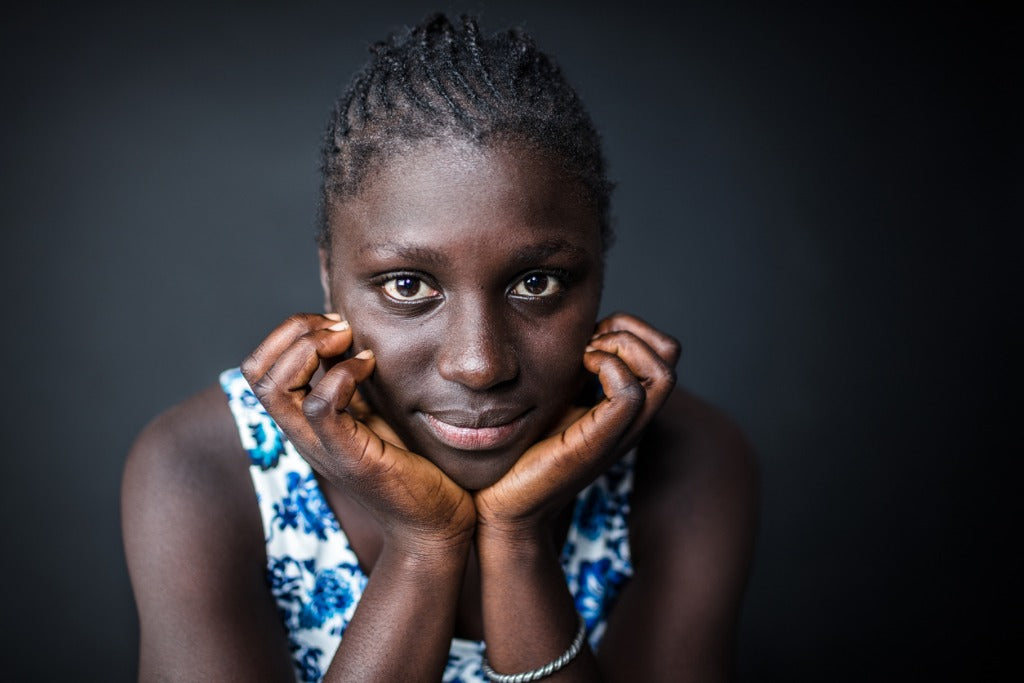
Easy Portrait Photography Tips for Beginners

photo by alvarez via iStock
The great thing about portrait photography tips for beginners is that there are SO many of them.
What’s more, many of them are just plain easy to implement - it just requires a bit of practice.
Best of all, these tips can be used on their own or together, so you can pick, choose, and combine your way to better portraits.
With all that said, let’s get started!
Table of Contents
- Get on Their Level
- Use a Polarizer for Portraits
- Focus on the Eyes
- Build Rapport With the Model
- Seek Good Light
Get on Their Level

photo by RichLegg via iStock
One mistake a lot of portrait photographers make is not getting down on someone’s level.
When you take a portrait looking down on someone it can often give the feeling of them being small or powerless.

photo by via XiXinXing iStock
Conversely, taking photographs from a low angle, looking up at someone will give feelings of power and looking down at you. (also it gives you a good look up their nose.)
While being above or below your subject can help convey different emotions, as a beginning photographer try to think of the lens of your camera as your own eye. If you create portraits of subjects looking eye to eye with them you will me more pleased with the results.
Use a Polarizer for Portraits

I never realized how valuable a polarizing filter is in portrait photography until I accidentally left mine on from a landscape shoot.
It was years ago and I’d only just discovered the value of a polarizer for landscapes, so imagine my surprise when it helped me take better portraits!
While it’s true that polarizing filters are usually associated with big, wide open spaces, they lend an incredible hand to the portrait photographer. Using a polarizing filter for portraits opens you up to new, more vibrant colors in your portraits.
Also, if you’re shooting with children (or teens) polarizing filters are a huge help because they reduce the amount of oils you can see on someone’s face.

photo by Saadetalkan via iStock
If you’re dealing with a teenager that is already camera shy because they are self conscious about their skin, just about the worst thing you could do is present them with a final photo that has lots of glare off their oily forehead.
Polarizing filters also make all of the colors in your portraits more vibrant, which looks phenomenal when you’re doing outdoor shoots.
Take the above-photo as an example. The matte finish on this young woman’s face can be achieved with make up, but it can also be aided by the use of a polarizing filter like this one.
I always use Kenko filters because you’re not going to get a better polarizing filter for the price. It’s extremely thin, which is a must if you’re buying a polarizing filter for portraits because it keeps your photos from darkening at the edges.
Then, once you’ve purchased your polarizer for portraits, you can read all about how to use a circular polarizer for portraits and some common issues you may run into when first starting out.
Learn More:
- 3 Tips on How to Use a Circular Polarizer
- Beginner Photography Mistakes and Tricks for Avoiding Them
Focus on the Eyes

photo by Peter Vahlersvik via iStock
Sony cameras have this thing called Eye AF, which allows you to autofocus on a subject’s eyes with ease (and track their eyes if the subject is moving, too). The reason Sony has this is because the eyes in portrait photography are the single most important point you need to be focusing on.
Your photo could be beautifully lit, with sharp features and gorgeous composition, but if your model’s eyes aren’t absolutely sharp, then you’ve lost the essence of the portrait.
Watch the video above by Light Club for more information about how to use catchlights in your portrait photography to convey different emotions.
Build Rapport with the Model
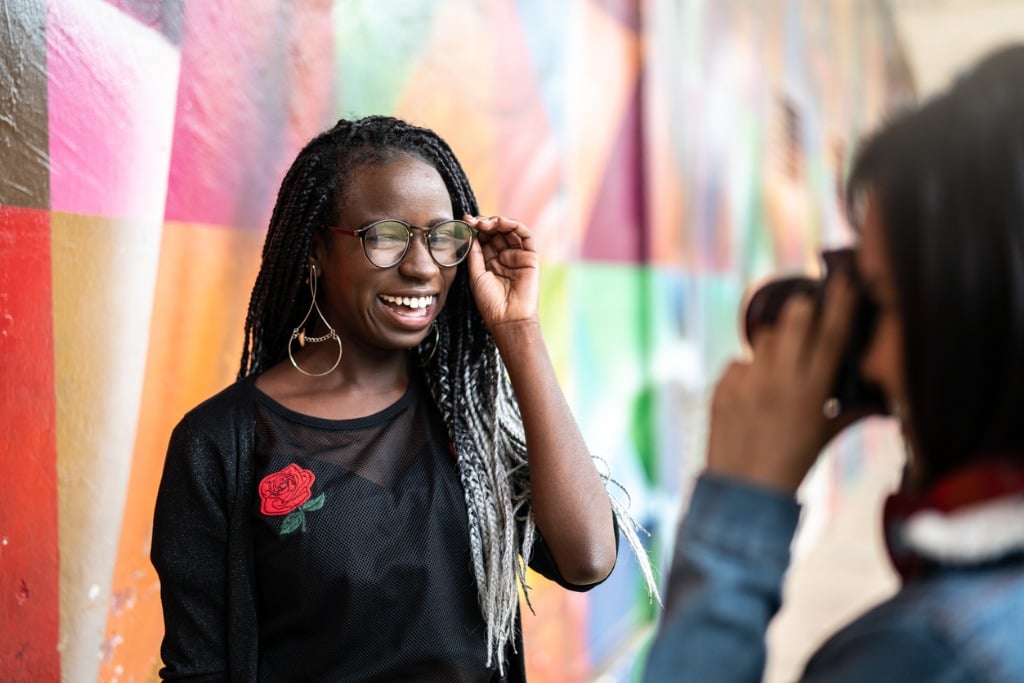
photo by FG Trade via iStock
You’ll probably be taking someone’s portrait for one of two reasons: they’re paying you to do it or they’re a model and someone else is paying you both to do it.
In both of these situations, the model might have a creative vision that they would like you to carry out, and portrait photography tips leave this out far too often.
Before the photoshoot, ask your subject if there is a particular color they would like to wear or a particular theme they want to convey. Ask about emotions they want to highlight in their photos, locations they especially want to feature, and so forth.
The point is that you likely have all kinds of ideas of what you want to accomplish in the photoshoot, but the model might have just as many ideas - and excellent ones too! Work together to get a better final result.
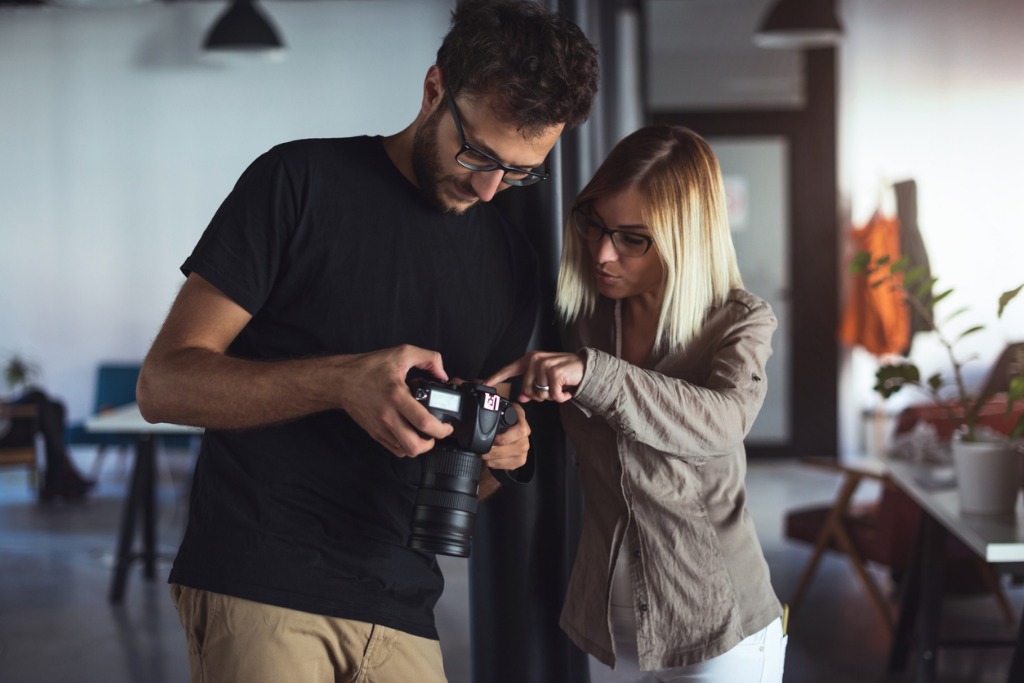
photo by Georgijevic via iStock
Then, throughout the shoot, make sure you’re taking the time to stop and show them the photos you’ve captured so far. Just a peek here and there will suffice; no need to spend all your time looking at photos instead of taking them!
Photographers often times get caught up in their own heads and forget to work both for and with the other people in the room, so the more collaborative spirit you have, the better things will go.
Seek Good Light

Photo by Trevor Cole on Unsplash
Portrait photography tips are really almost all “find good light.”
This obviously applies to the general lighting in the shot, like the dramatic sidelighting used in the image above to create such beautiful depth and contrast.
Creating catchlights in your model’s eyes is another way you can use light to create an image with more impact. You can do this in either a studio or a natural setting.

photo by CoffeeAndMilk via iStock
As shown above, the studio lights are reflected in the model’s eyes, giving them a piercing look that immediately draws your attention.
If you’re shooting outside, you’ll need a backup plan in case the lighting isn’t ideal. What happens if your model is late for an evening shoot and you’ve missed the best light of the day?
Essentially, always go to the worst case scenario for your lighting and have Plans B, C, and D set up just in case.
Sean Tucker is one of my favorite “light” gurus in photography. In the above series, he walks you through how to find good lighting in a natural environment.
With that, you have a variety of portrait photography tips that will help you elevate the quality of your photos.
As I mentioned before, you can use these tips on their own or together. Whatever your approach, following basic rules of photography like these will set you on a path to better portraits.
Originally posted on PhotographyTalk.com


